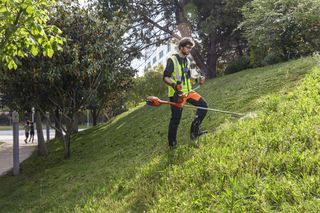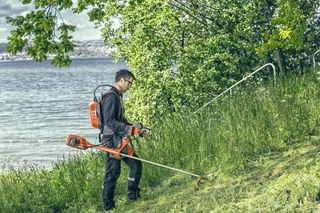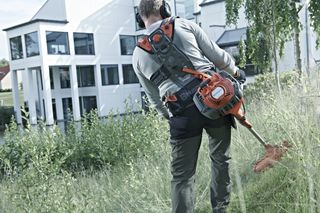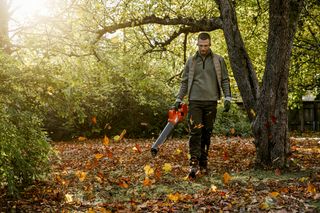
Composting garden – Hot compost or cold, which method is best?
Composting your garden waste has many benefits for the garden. There are different types, including cold compost and hot compost. Read more here!
Composting your garden waste has many advantages. On the one hand, you get rid of leaves, twigs, and similar things easily; on the other hand, you become self-sufficient over time on nutrient-rich soil. There are different types of compost, and they work in slightly different ways. Cold compost? Hot compost? What composting to choose for beginners or pro? It depends on what you intend to compost. There are also some tricks that are good to know to make the compost perform at its peak.
Cold compost, suitable for garden waste
In the cold compost, you compost garden waste: leaves, twigs, and other material from the garden. It might look like a pile of garden waste directly on the ground to an untrained observer, but a well-functioning cold compost is a bit more sophisticated than that. Start by placing branches and twigs at the bottom. Then, alternate with garden waste such as leaves, weeds, and twigs, and on top of that, add some nitrogen-rich material like grass clippings or stable manure. It is also possible to use soil, but then the decomposition takes longer.
How to build a cold compost
To speed up the decomposition, it is good to confine the compost laterally to retain moisture and heat. Mesh, wooden pallets, or woven willow fences are excellent for building compost. Alternatively, you can use ready-made pallet collars. Stack three or four in height, and voilà, your cold compost is ready. A good tip is to have two composts: one where you add this year's waste and another where you move the waste in the spring for further composting.
Oxygen and water important for composting
Once the cold compost is about one meter high, it should be covered with leaves, straw, or wood chips. Top with some mulch, sawdust, or dry leaves. It's important to ensure that it doesn't become too dry. During dry and warm summers, you might need to water the compost occasionally. In the spring, the compost should be 'turned over', meaning it should be mixed around. If the material breaks down easily, it is ready to use; otherwise, move it to compost number 2 for further composting.
Hot compost, when you want to compost food waste
A hot compost is an insulated container designed to retain heat better and keep the decomposition process active, even when the temperature drops. It is also protected against rats, mice, and other pests, allowing you to compost household waste as well. The rule for what can be composted is simple: if you can eat it, you can compost it.
Hot compost – a way to reduce waste
A hot compost helps you significantly reduce the amount of waste and provides you with the finest garden soil – if you manage it correctly. Otherwise, there's a high risk that it will smell and attract flies.
Remember to finely chop what you throw into the compost, which speeds up the decomposition process. Bones and large pips from, for example, avocados take a long time to break down. Such items are better thrown in the regular waste.
Balance – the key to effective composting
Not too moist, not too dry. Balance in the compost is crucial. But it's not just about moisture content – the balance between nitrogen and carbon is also important for the hot compost to function well. The most nitrogen-rich substances you can add to your compost are urine, followed by meat waste and grass clippings. The most carbon-rich are sawdust, newspaper, and dry leaves.
If the compost becomes too wet, add shredded newspaper or wood chips to dry it out. If it's too dry, water it. Cover the surface with some carbon-rich mulch to also keep the flies away. You can also use sawdust, dry leaves, chipped branches, old grass, chopped straw, and similar materials. Stir occasionally to introduce more oxygen, which speeds up the decomposition.
Where should you place the compost?
A cold compost can be placed almost anywhere. The only important thing to consider is to avoid direct sunlight, as the sun can dry it out. At the same time, you want to benefit from the sun's warmth, so a slightly shaded location is preferable. It's also good to place the compost so that it gets moistened by the rain.
Composting – a lifestyle
It may seem like science to compost, and in a way, it is. The decomposition process involves microorganisms, bacteria, and fungi, but also larvae and worms. Composting is an interesting way to learn about how nature works and how it reclaims what it once gave. Acquiring a compost is to become part of nature's cycle.
7 tips for successful composting:
- Chop the waste finely; this speeds up decomposition
- Have two compost bins, one for post-composting
- Maintain the moisture balance in the compost: not too moist, not too dry
- Ensure your hot compost is protected from rats and other pests
- Place the compost in partial shade
- All food is suitable for composting, but avoid bones and large pits
- Turn over the compost every spring









